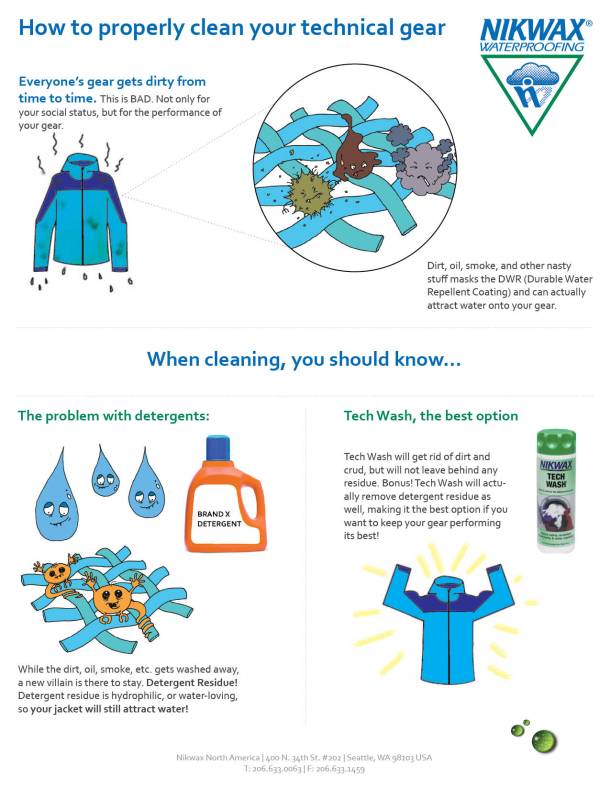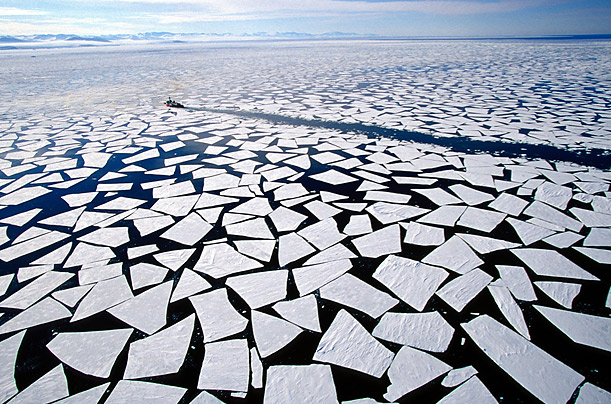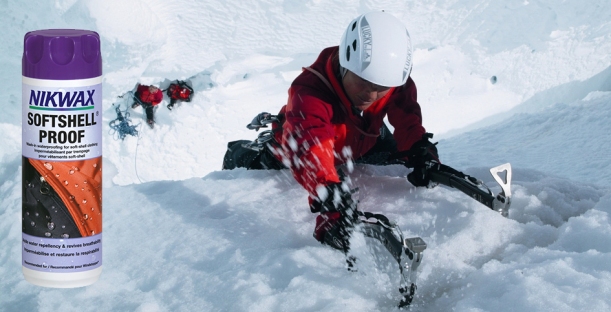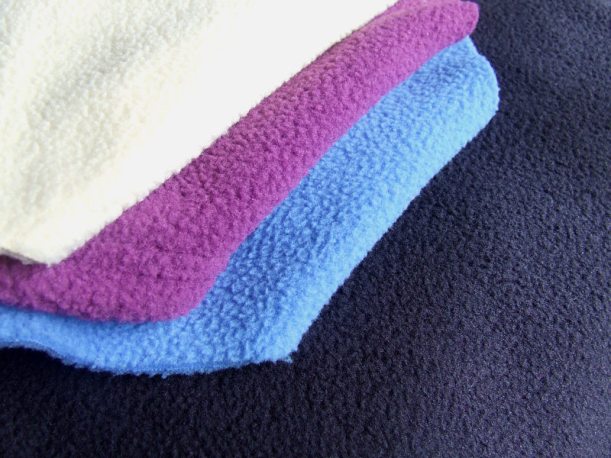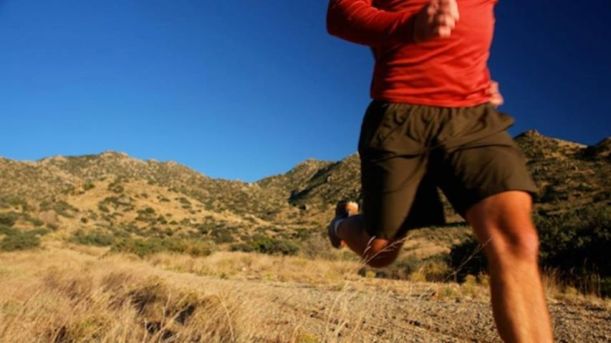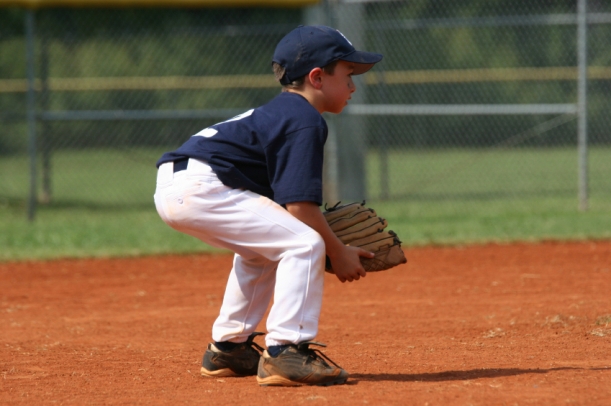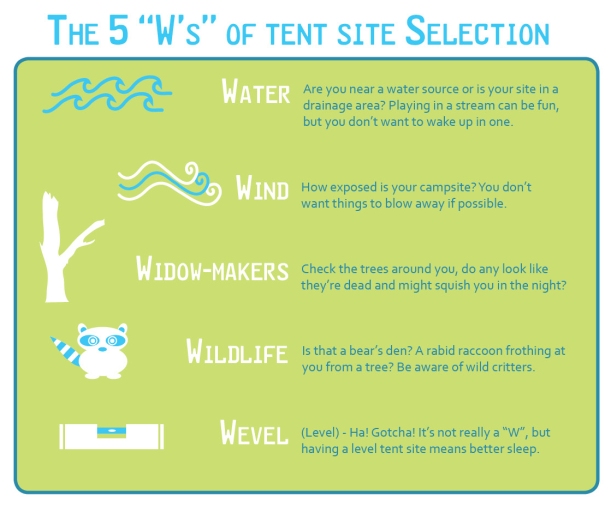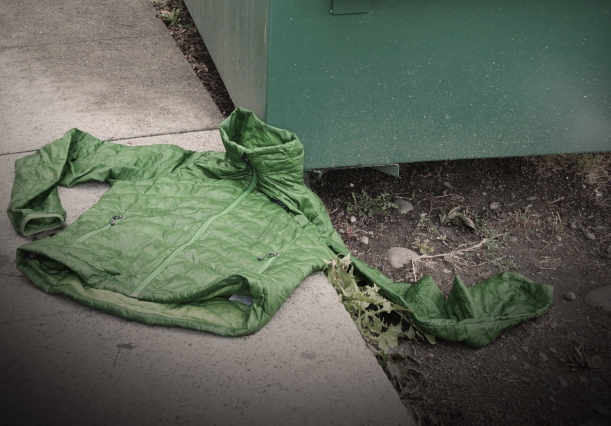
Just like “Old Yellow,” this faithful jacket was abused and forgotten—for a while. Fortunately, we salvaged it before it crawled into the dumpster.
The smell was ungodly. Every time I cracked open my dry bag, the stench brought tears of disgust and pain to my eyes. At first, the smell just made me feel a little dirty – nothing over the top.
It wasn’t until Day 13 of a 16-day mid-August Grand Canyon river trip that I realized the bag had taken on a life of its own. This odor was different. It wasn’t just unpleasant; it was downright rancid. While I recognized something was amiss, I ignored the warning signs. But on that fateful day, the sky opened up and the first rain shower we’d had since the put-in sent us scattering to grab rain gear.
I excavated my cherished lemon yellow raincoat from the offending bag.
Some background: I had coveted this coat since childhood. It was a classic happy yellow, just what the Morton salt girl would wear if she were a Gore-Tex junkie. This coat was my partner. One time, its near-neon yellow visibility saved a group of 30 tourists from careening off a cliff on fog-encased glacier in Switzerland. True story. It held up on a backpacking trip to hell and back. It was neither flattering, nor stylish, but I loved this raincoat with all my heart.
As the rain pummeled us, I slipped it on without a care, though I couldn’t help gagging on the smell.
“Dummy,” I thought to myself. “You put a damp coat into a compressed dry bag for 13 days in 100-degree heat. It’s molded and ruined!” It was moldy, alright, but this mold had nothing to do with being put away wet.
This mold was the result of absolute neglect: a slice of cheese and a dry bag warming to incomprehensible heat in the hot Arizona sun.
You see, the night before the put-in on a raft trip is always hectic event, especially in the rain. You’ve been planning the trip for ages and you’re jockeying to rig boats. When I picked up the cheese slice that someone dropped, I threw it in my pocket… until I could make my way to the garbage cans. At least that was the plan.
I’ve not researched the full catalog of fibers cheese mold can adhere to and successfully colonize, but I can now say with confidence that waterproof/durable, lemon yellow raincoat fiber is one. In the petri dish of a rubber dry bag, heated to a consistency far above average body temperature for a fortnight, that mold will not only survive, it will flourish.
Too mortified to tell anyone that I’d been conducting inadvertent chemical experiments the entirety of our trip, I stealthily pushed my raincoat into a plastic trash bag and rode out the remaining three days of the trip with a lingering odor that people noticed but were too kind to mention.
Back at home, there were only two options for Old Yellow: the trashcan or the washing machine. First, I turned the jet hose on it. The stink was stronger than my will.
As a last ditch effort, I threw it the washing machine and poured in some Tech Wash, as that was my habit. Had I stopped to think about it, I would have poured in the most toxic stink-fighter I could find. Instead, I berated myself for “wasting” the Tech Wash.
One wash with Tech Wash gave me hope. We weren’t in the clear, but you had to bury your nose in the jacket in order to smell the cheesy aftereffects. The second wash brought the world back into equilibrium: zero stink and no evidence of mold. The third wash was really just a hopeful attempt to erase the mold hangover in my mind.
Six years later and I’m proud the say my yellow raincoat is still with me and performing like a champion. I may have put her through the ringer, but sweet redemption is ours from the Great Grand Canyon Cheese Episode. —Brook Sutton
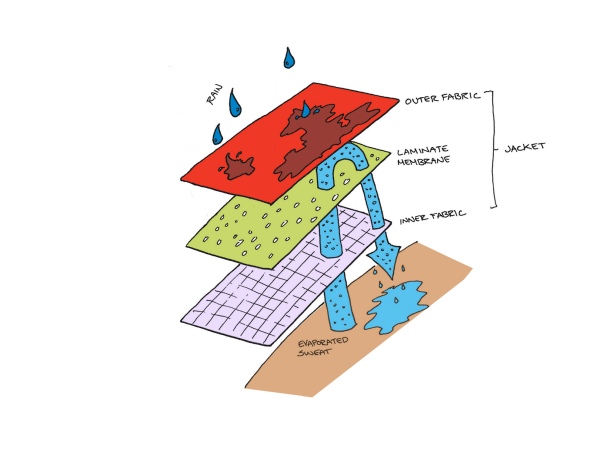 By washing your jacket, you remove all these harmful contaminants, thereby allowing your jacket to perform at its best. Be mindful though! Cleaning with regular detergents can lead to other issues. Household detergents leave behind a water-attracting residue that can cause your jacket to wet out; similar to dirt, oil, and grime. The safest bet is to always clean with a technical cleaner, like Nikwax Tech Wash, or Nikwax Down Wash if your jacket is down-filled. Tech Wash and Down Wash are soap-based cleaners that are formulated to not leave behind any water-attracting residue. They are also biodegradable and never tested on animals.
By washing your jacket, you remove all these harmful contaminants, thereby allowing your jacket to perform at its best. Be mindful though! Cleaning with regular detergents can lead to other issues. Household detergents leave behind a water-attracting residue that can cause your jacket to wet out; similar to dirt, oil, and grime. The safest bet is to always clean with a technical cleaner, like Nikwax Tech Wash, or Nikwax Down Wash if your jacket is down-filled. Tech Wash and Down Wash are soap-based cleaners that are formulated to not leave behind any water-attracting residue. They are also biodegradable and never tested on animals.
